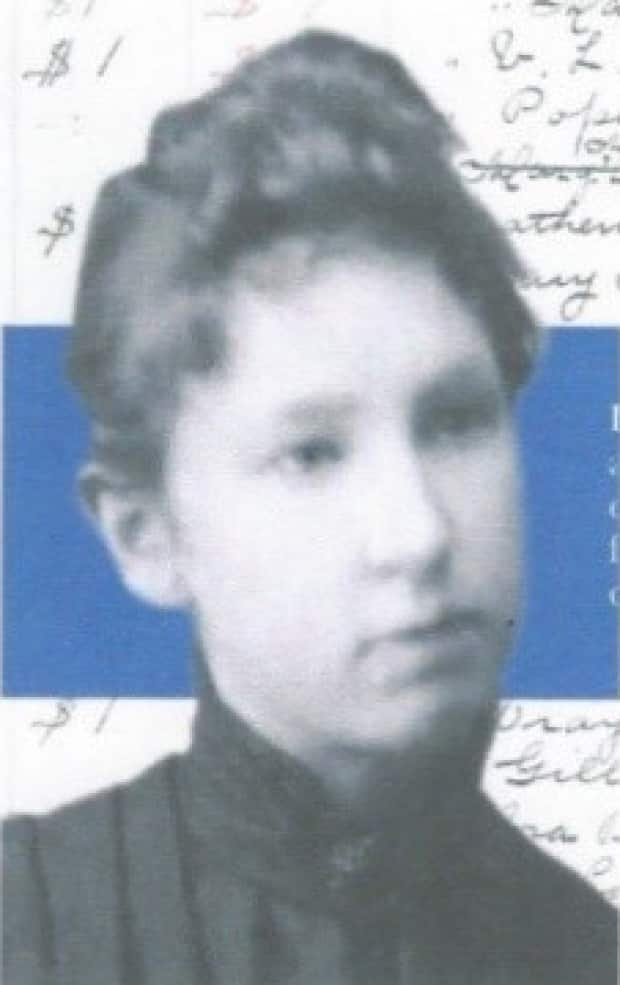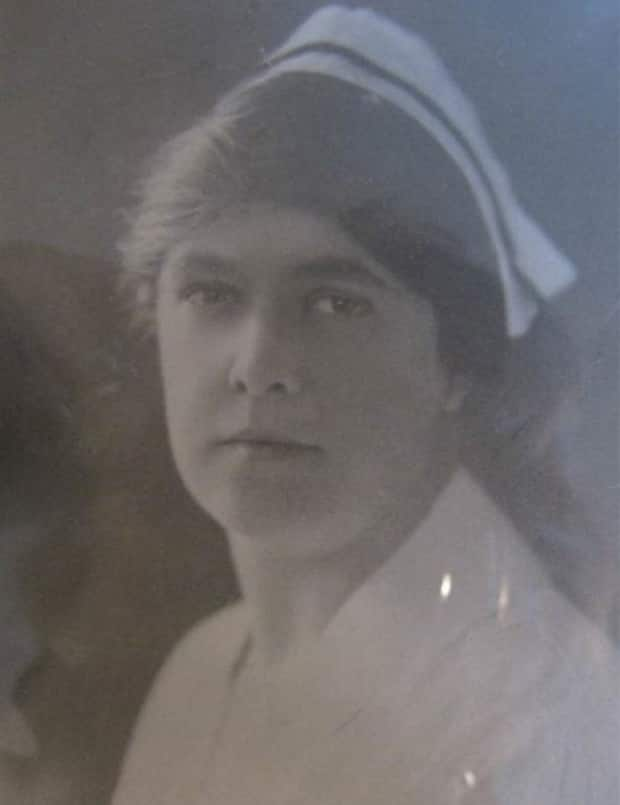The nurses who repaid Halifax's 1917 debt to Boston
Nova Scotia has sent a Christmas tree to Boston each year for decades as thanks for that city's help after the 1917 Halifax Explosion, but research on the 1918 Spanish flu shows nurses from the East Coast province may have repaid that debt a century ago.
Gloria Stephens is the manager of the nurses archive in the Bethune building of the QEII Health Sciences Centre in Halifax. Before that, she worked as a nurse in British Columbia for 46 years. Recently, she's been digging into the response to the 1918 flu outbreak.
Halifax had just begun to rebuild after the 1917 December disaster that killed nearly 2,000 people and erased much of the north end. The Great War in Europe that had killed many more Nova Scotians was grinding to a close, but any sense of peace was upended by the devastating Spanish flu.
Some 55,000 Canadians would die of the disease, among more than an estimated 50 million worldwide.

Stephens found that Nova Scotia nurses who had served overseas quickly turned their attention to tending to the flu-stricken people at home. The "fever nurses" were skilled at comforting and treating the very ill. The nurses and doctors had no ventilators, vaccines or antibiotics. They used sponge baths to cool people, and helped them sip water.
"The nurses did really difficult, hands-on nursing care, without the equipment that the nurses have today," Stephens says.
Boston 'desperate' for nurses
And then nurses at Halifax's Victoria General Hospital got an unexpected call for help.
"When the 1918 influenza was rampant, mostly rampant in Boston, the hospital in Boston contacted the VG hospital and said, 'Would there be any chance of sending nurses? We're so desperate for nurses,'" Stephens says.
Boston had most of Massachusetts's 85,000 flu cases and 1,256 deaths that September. Despite the clear danger, several Nova Scotia nurses immediately volunteered to go.
"They knew there was a desperate need, they knew their colleagues were under stress, and that they could be of some help. I think it's a nursing thing that you want to help wherever you can, wherever you're needed," Stephens says.
"Boston helped us in Halifax in 1917 and we helped them in 1918."
Stephens says Halifax's mayor and the chief medical officer had swiftly shut public spaces for six weeks and told people to wear masks. But in 1918, social distancing wasn't widely practised and children were actually encouraged to sneeze and cough into their hands.

Eveline Pemberton, a Prairie woman who had moved to Nova Scotia, had been the night supervisor at the VG when the explosion hit. When she heard Boston's call for help during the flu outbreak, she and eight other women raced to New England.
Their names were Gertrude Crosby, Christine MacInnes, Nora Duncanson, Ethel Redmond, Jessie Chisholm, Hilda Chisholm, Annie Gilmour and Ethel Taylor.
MacInnis had graduated from the VG nursing school earlier in 1918. Her compassion and skill with critically ill Bostonians soon earned her the nickname "the Nightingale of Nova Scotia," after the legendary British nurse Florence Nightingale.
Sisters died on same day
Nurses spoke in hushed tones about the "blue death" people suffered when they couldn't get enough oxygen.

"The nurses stated in some of their writing about the experience they had to watch these patients struggle to breathe. One nurse said, 'I used to stand by the patient's bed and I found myself breathing deeply, thinking that I was helping them breathe,'" she says.
At least 32 Nova Scotia nurses worked in Boston in the fall of 1918. Research shows at least 12 made the ultimate sacrifice, dying of the very flu they were fighting.
Sisters Georgina and Winnifred Flemming were among them. Young and healthy, the women from Londonderry went to Boston to help the sick. They got the flu and died on the same day in October 1918.
Another nurse, Ethel Redman, spent time treating patients in Boston before learning of a terrible flu outbreak in Lockeport. Redman raced back to Nova Scotia and treated the 800 sick people in the coastal community and was herself traumatized by daily death counts rising to 15. She and two other nurses were the only medical staff in the town.

"Between the three of them, they managed to save quite a few people," Stephens says.
Redman and her colleagues survived, but many nurses died. Lottie Flick had cared for explosion victims in 1917 and flu patients in 1918. She caught the flu and died while on duty in Halifax.
Carrie Mitchell, a Dartmouth woman, had studied nursing in Massachusetts and stayed there during the outbreak. She said of the 100 nurses she worked with, 96 caught the flu. It's not clear how many died, but Mitchell survived.
Julie Cadegan left her home in Glace Bay and travelled to Boston to be with her soldier son, who had caught the flu. She helped him recover before travelling back to Cape Breton to treat flu patients there. She volunteered to go into a big outbreak in Inverness County, where she got the dreaded disease and died.
Stephens says the women's sacrifices have largely been forgotten. She hopes her research will bring their stories to more people as they reflect on the risks and sacrifices nurses are making again today as we deal with the deadly COVID-19 outbreak a century later.
MORE TOP STORIES


